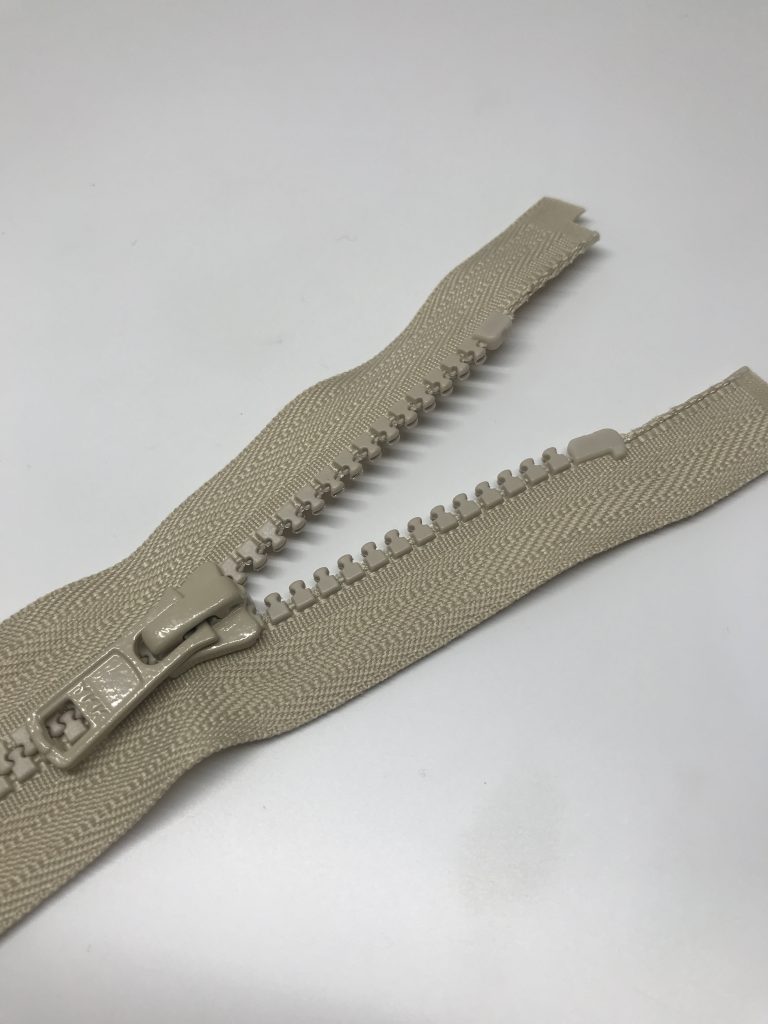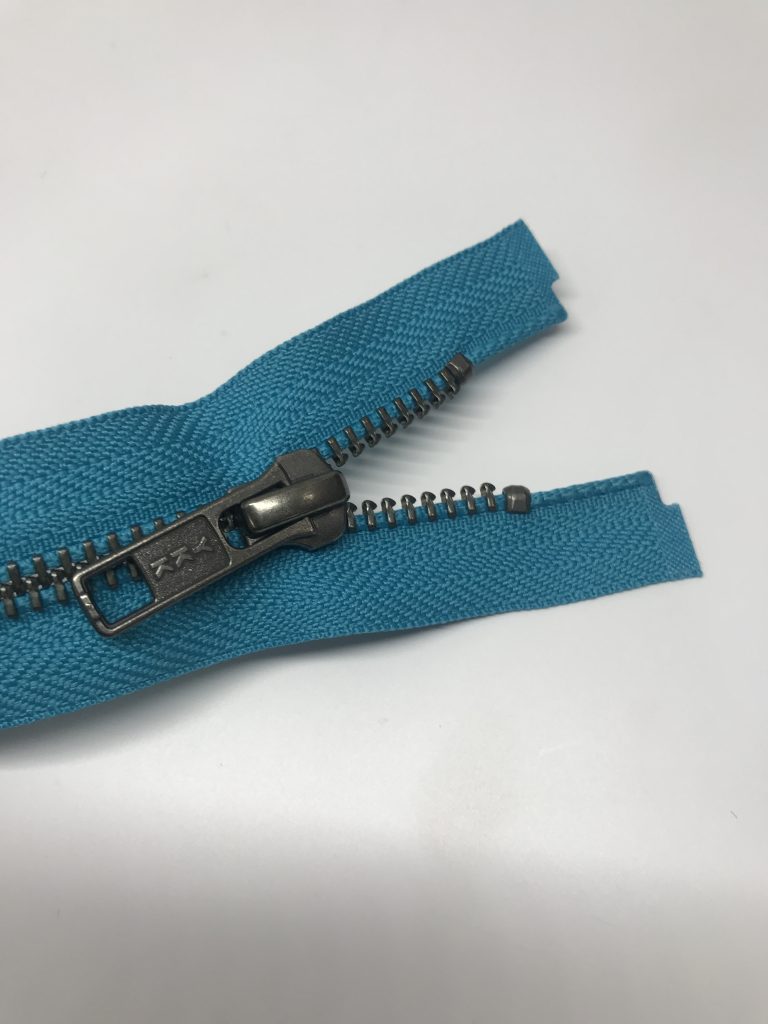Sustainable zippers: YKK NATULON®

We all have heard of sustainable fabric, sustainable buttons, even sustainable elastic. But what about zippers?
Today, let’s talk about YKK’s eco-friendly zipper: NATULON®.
NATULON®’s characteristics
There are several ways to recycle polyester (plastic).
Material Recycling
Unlike chemical recycling, which returns materials to their original state, material recycling is a method of recycling in which materials are used as they are. There is the method of cutting old clothes into pieces and using them as rags or oil wiping cloths in factories (waste), the method of cutting old clothes into small pieces and scratching them with numerous needles to loosen the fibers from the cloth into a wadding material (anti-wool), and the method of using 100% synthetic fibers as raw materials for molded products such as plastics after heating and dissolving them (redissolving). In the case of 100% synthetic fibers, the fibers are used as raw materials for molded products such as plastics after heating and dissolving (re-melting). In the case of synthetic fibers, they are felted by anti-wooling and used as soundproofing material for automobiles, etc. In the case of polyester clothing, it is sometimes used for molded plastic products such as buttons and zippers, but its use as a resin is limited, so there is a need to develop new applications for it.
Chemical Recycling
In this method, collected synthetic fiber products are sent to a factory where they are washed or finely pulverized and then chemically decomposed back to their original raw material, dimethyl terephthalate (DMT), which is then used as a raw material for textiles. Several companies are already using this method for uniforms and other products made of nylon and polyester in their plans to chemically recycle them after collection. In the case of polyester, the material is converted back to DMT (dimethyl terephthalate), and in the case of nylon, it is converted back to caprolactam and used as a raw material for fibers. In the case of chemical recycling, it is necessary to create an efficient collection system because only garments made of the same material need to be collected and processed in large quantities.
Not just recycling
Simply put, material recycling is to use the material as it is in a reusable application somehow. Chemical recycling is when the material is chemically treated to the state of raw material for textiles.
NATULON® is available in both material-recycled and chemical-recycled versions. The one introduced here is chemical recycling.
In NATULON® zipper, “recycled polyester” produced by chemically decomposing waste polyester and removing impurities is used for the tape or element part.
The chemical-recycled zippers can be manufactured as recycled zippers again by chemically processing them again after use and returning them to the raw material of fiber.
Product Lineup
Zippers have many product numbers, and it is difficult to understand them.





Ordering a NATULON® zipper
Tape color
The color development itself corresponds to YKK’s Global Color Card, but due to the characteristics of recycled materials, the color may differ from that of regular products, especially for light colors.
Chain type
VSPBE has element color restrictions.
For VPEM, the color of elements can be either V-color (silver) or B-color (antique gold).
Conclusion
We hope you have a better glance about eco friendly zippers. For more details information about NATULON® zippers, please visit ApparelX YKK Product list.



